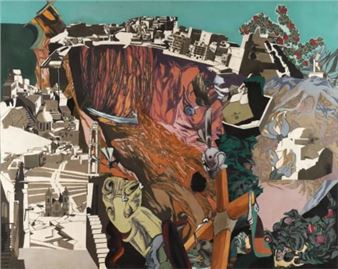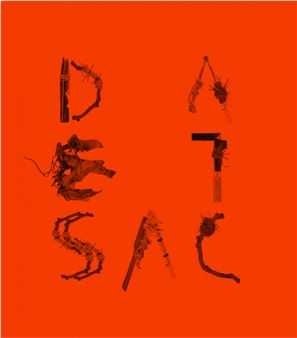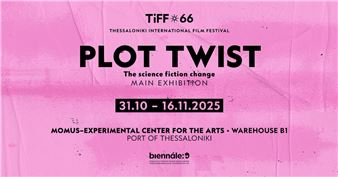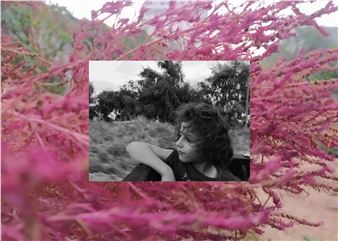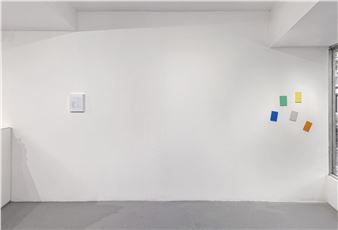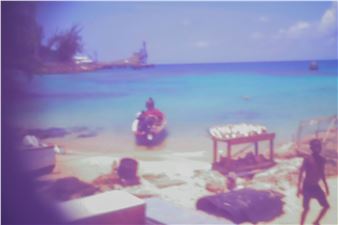Vasco Araújo: Under the Influence of Psyche
This exhibition of new and recent work by Portuguese artist Vasco Araújo explores the artist’s ongoing interest in the human condition. Working across media, Araújo draws upon Western traditions in opera, dance, theatre, and literature in order to introduce divergent readings on such cultural histories. In so doing, Araújo wrests and confronts these historical references in order to question both contemporary notions of representation and the writing and canonization of history. He offers instead a body of work that suggests that history, rather than closed or finished narrative, has the ability to be renewed and reread.
The exhibition is comprised of six works including the Canadian premiere of Araújo’s newest video Retrato (2014), a special commission by The Power Plant that incorporates portraits by 20th-century painter and writer Eduardo Malta. The reproductions of these paintings comingle with domestic objects that themselves represent contested history and power dynamics. Retrato points to Araújo’s interest in culling 20th-century imagery throughout his practice. The exhibition also includes Perruque (2005), a series of eight different wigs draped over stands and set on individual plinths. Each wig is paired with a set of headphones that plays a commentary from the point of view of its owner. The installation of the work is paramount as Araújo removes the body and all exterior contextualizing features from the wigs, positioning the hairpieces as codes for bodily appearance. These works, in conversation with Araújo’s other exhibited pieces, aim to interrogate cultural codes and conventions that are essential in how we understand history and ourselves.
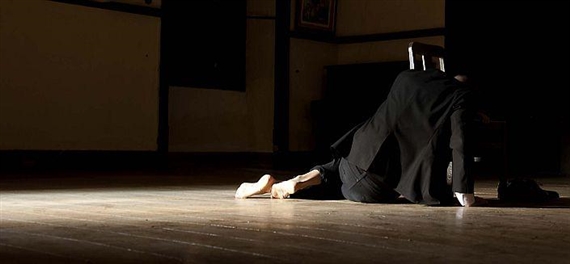
Recommended for you
This exhibition of new and recent work by Portuguese artist Vasco Araújo explores the artist’s ongoing interest in the human condition. Working across media, Araújo draws upon Western traditions in opera, dance, theatre, and literature in order to introduce divergent readings on such cultural histories. In so doing, Araújo wrests and confronts these historical references in order to question both contemporary notions of representation and the writing and canonization of history. He offers instead a body of work that suggests that history, rather than closed or finished narrative, has the ability to be renewed and reread.
The exhibition is comprised of six works including the Canadian premiere of Araújo’s newest video Retrato (2014), a special commission by The Power Plant that incorporates portraits by 20th-century painter and writer Eduardo Malta. The reproductions of these paintings comingle with domestic objects that themselves represent contested history and power dynamics. Retrato points to Araújo’s interest in culling 20th-century imagery throughout his practice. The exhibition also includes Perruque (2005), a series of eight different wigs draped over stands and set on individual plinths. Each wig is paired with a set of headphones that plays a commentary from the point of view of its owner. The installation of the work is paramount as Araújo removes the body and all exterior contextualizing features from the wigs, positioning the hairpieces as codes for bodily appearance. These works, in conversation with Araújo’s other exhibited pieces, aim to interrogate cultural codes and conventions that are essential in how we understand history and ourselves.

 ARTISTS
ARTISTS








